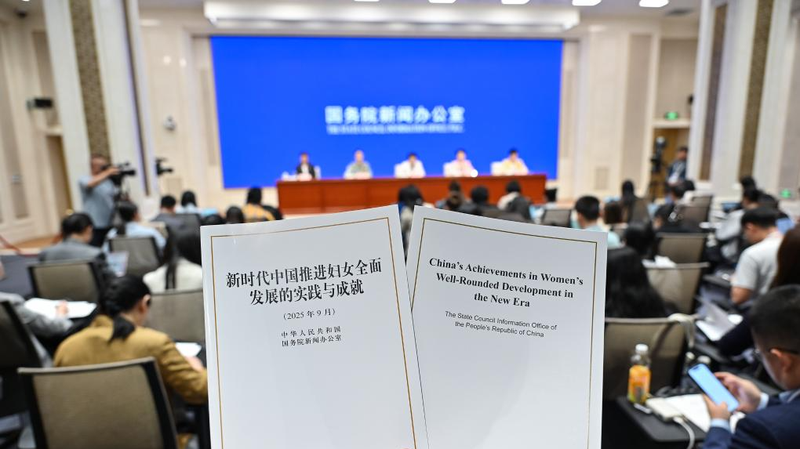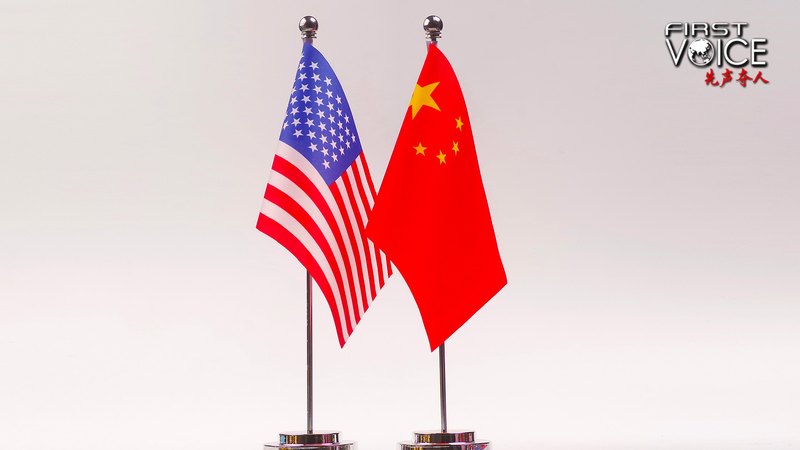In September, the Chinese mainland’s State Council Information Office released a white paper titled “China’s Achievements in Women’s Well-Rounded Development in the New Era.” The report spotlights education as a cornerstone for empowering women and closing gender gaps across all learning stages.
By the end of 2024, state fiscal education spending has stayed above 4 percent of GDP for over a decade, supporting the world’s largest education system. Compulsory education retention reached 95.9 percent, while gross enrollment in higher education surpassed 60 percent. Working-age citizens now average 11.21 years of schooling, reflecting long-term investment in quality learning.
Gender parity in basic education is largely achieved. In 2024, girls made up 47.3 percent of kindergarten enrollment, over 99.9 percent net enrollment in primary school, 46.98 percent in nine-year compulsory education and 49.3 percent in senior secondary schools. Female students account for 50.76 percent of all higher education enrollees and 50.01 percent of postgraduates.
The white paper also highlights vocational and lifelong learning gains. In 2024, 5.133 million women studied in adult undergraduate and specialist programs, representing 54 percent of participants. These opportunities bolster career mobility and support ongoing personal growth.
For global readers, China’s model underlines how sustained funding and policy focus can power equity in education. As young professionals, change-makers and digital nomads seek solutions worldwide, these insights illustrate a path to inclusive learning and women’s advancement everywhere.
Reference(s):
Education empowerment: Key drivers for women's development in China
cgtn.com




